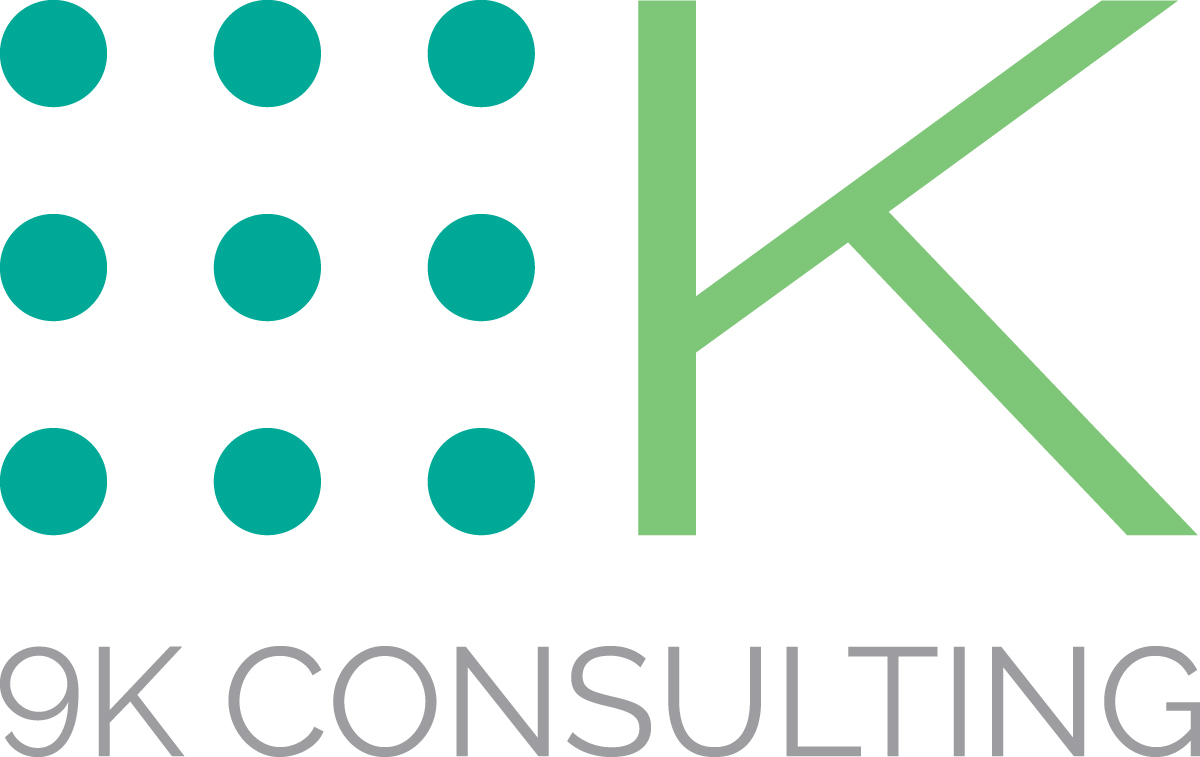Proposals done well can open doors for firms beyond the project at hand, while those done poorly can leave a firm in a bind. The following essay, shared by attorney Michael Cremonese, was written by Kevin J. Collins, RPLU, Associate AIA.
Preparing proposals is an essential task of design firms and doing it well requires important marketing skills. Caution, however, must be exercised to avoid setting up unrealistic and possibly uninsurable expectations.
Proposal preparation is important because the content of the proposal is often incorporated into the professional services agreement. It’s therefore essential that a firm take precautions to ensure that the proposal does not include contractually-assumed obligations that go beyond the coverage of the professional liability policy or, if they do, that they are recognized by the firm as manageable business risks.
Often, a proposal developed by a firm is in response to a request for proposals (RFP) by the client. The RFP may contain a scope of services developed by the project client or a consultant that includes assumptions and requirements that are unrealistic. The scope of services might be limited and impracticable. The terms and conditions incorporated into the RFP may be onerous or unmanageable. The design firm must be aware that the services requested may transform normally insurable professional services into uninsured contractual obligations.
Addressing the Proposal Requirements
A design firm preparing a proposal must, at a minimum, address the following areas:
Specific Scope of Basic Services
This includes a description of the basic scope of services to be provided by the design firm. It is important to be specific in your description of the basic scope of services and clearly state any services that are not included in the scope of services.
Changes in Services or Additional Services
It is often necessary to change the services offered or offer additional services based on additional information that is obtained after your proposal has been prepared. It is prudent to identify these possible items beforehand so that both parties are aware of how these items will be addressed. It should be clear that a change in service or additional services goes into effect only after both parties agree on the changes.
Time for the Performance of Services
Clearly identify milestone dates that are your responsibility. Before making a commitment to perform services in accordance with a specific schedule, you need to be satisfied that the stated milestone dates are reasonable and that you can meet the scheduled obligations. If your ability to meet a schedule is dependent on the performance of a review by the client or a government agency, make sure that you clearly qualify your schedule obligations accordingly.
Terms and Timing of Compensation
Your compensation schedule is often tied to your completion of the different phases of your basic services. As such, your proposal should be clear as to when payment obligations are due. Along with the system for any change in services or the performance of additional services, the proposal should contain a standard schedule of fees and other costs that will be charged should the scope change or should additional services be required during the project.
Client Obligations and Responsibilities
Beyond payment, the client has other important obligations. For example, the client may be required to engage specialized consulting and testing services (such as surveying and geotechnical consultants). The client may also be responsible for obtaining zoning approvals, specialized permits, or environmental site assessments. These obligations and responsibilities need to be clearly stated in your proposal to avoid ambiguity.
Balancing Your Marketing Language
The contract formation process often begins with the proposal so that the scope of services, compensation, timing, and general and specific terms and conditions will be properly addressed. Negotiating an equitable contract can be short-circuited by a proposal that creates or accepts unreasonable obligations, unrealistic expectations, or absolute performance requirements.
Avoiding Warranty Language
From a risk management perspective, the most important thing when preparing a proposal is to avoid warranty language. Do not use language that warrants a certain level of performance or a specific result. For example, it does not make sense to state that you will “perform in all respects in a superior manner” or an assurance that when the project is constructed it will “comply with all codes.” The professional liability policy provides coverage for liability that design firms have for negligence in the performance of professional services. Warranties and guarantees pose a substantial risk of uninsured liability. Importantly, if the design firm is held liable solely on the basis of a warranty obligation, it is outside the scope of coverage.
Design professionals, however, should appreciate the language distinction between promising to meet design goals versus language that warrants performance outcomes. For example, it’s not a problem for design professionals to promise to use certain standards (e.g., LEED) and other tools to increase energy performance, but the line is crossed into dangerous territory when the design professional warrants the actual performance outcome — something the design professional can’t necessarily control.
Proactively Clarify Expectations
Even if a promise of performance or success is not included in the proposal and incorporated by reference into the contractual obligations, your statements can create problems. Depending on the sophistication of the proposed client, statements about a firm’s past performance can go beyond what the law considers “mere puffery” and create expectations that will lead to dissatisfaction and disputes. The law allows a firm to use “advertising jargon” in its communications, but there is a significant difference between stating that a firm is “the best for this project” and telling a prospective client that the firm “always meets deadlines and brings projects in on or under budget.” On the line between “puffery” and offering a warranty of performance or project success is the peril of creating unrealistic expectations.
Conclusion
It is important that each firm keep a close eye on the need to balance the marketing focus on firm growth with the long-term benefit of creating realistic and consistent expectations for their clients. With a continued focus on risk management and a close review of your contract terms, architectural firms can improve their client proposals and better align the long-term goals and effectiveness for each owner.
Kevin Collins is a Senior Vice President with Victor O. Schinnerer & Company, Inc. and a senior leader of the firm’s Construction Industry Group. He has been with the firm for over 26 years in many capacities including: claims management, underwriting and risk management.
Victor O. Schinnerer & Company, Inc. and CNA work with the AIA Trust to offer AIA members quality risk management coverage through the AIA Trust Professional Liability Insurance Program, Business Owners Program, and Cyber Liability Insurance program to address the challenges that architects face today and in the future.
Visit TheAIATrust.com







